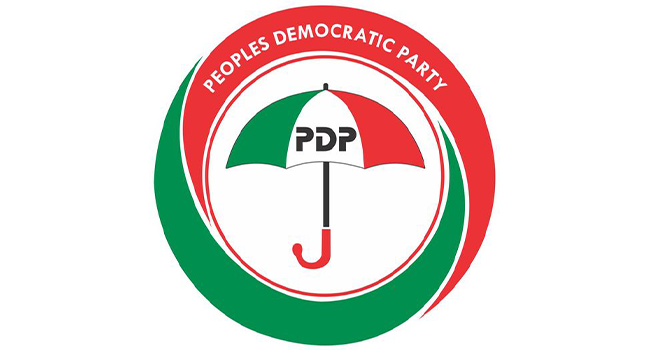Crude oil prices continued its downward trend on Wednesday, deepening losses from the previous session as investors digested the International Energy Agency’s (IEA) warning of a looming supply surplus in 2026.
The combination of weak demand growth and rising output among OPEC+ and non-OPEC producers is fueling renewed pessimism in the energy markets.
At 07:40 AM WAT, Brent crude futures dropped 9 cents, or 0.14%, to $62.30 a barrel, while U.S. West Texas Intermediate (WTI) edged lower by 3 cents, or 0.05%, to $58.67 a barrel.
Both benchmarks had already fallen to five-month lows in the previous trading session, reflecting growing anxiety about oversupply and slowing global demand.
The IEA said on Tuesday that the global oil market could face a surplus of up to four million barrels per day in 2026, exceeding earlier forecasts.
The agency attributed this to an expected increase in production from OPEC+ members and rival producers, coupled with sluggish consumption growth, signaling the potential for prolonged downward pressure on crude prices.
This updated outlook follows months of mixed signals from major oil producers attempting to balance market share with revenue needs. A growing glut could weigh heavily on oil-dependent economies, especially those reliant on high prices to sustain fiscal spending.
Investor sentiment was further dampened by escalating U.S.-China trade tensions, which threaten to curb industrial activity and energy demand.
Both countries recently imposed additional port fees on ships carrying cargo between them, increasing transportation costs and disrupting freight flows.
The standoff deepened last week after China expanded rare earth export controls, prompting U.S. President Donald Trump to threaten 100% tariffs on Chinese goods and new restrictions on software exports starting November 1.
These developments have raised concerns that global trade and manufacturing activity could contract, dragging oil demand down with it.
Traders are now watching U.S. inventory data for clues about short-term demand trends. A preliminary Reuters poll of six analysts forecasts a 200,000-barrel rise in U.S. crude inventories for the week ending October 10, while gasoline and distillate stocks are expected to have declined.
The anticipated rise in crude stockpiles, combined with the IEA’s surplus warning, underscores a market caught between ample supply and uncertain demand, a dynamic that could keep prices under pressure in the coming weeks.
























